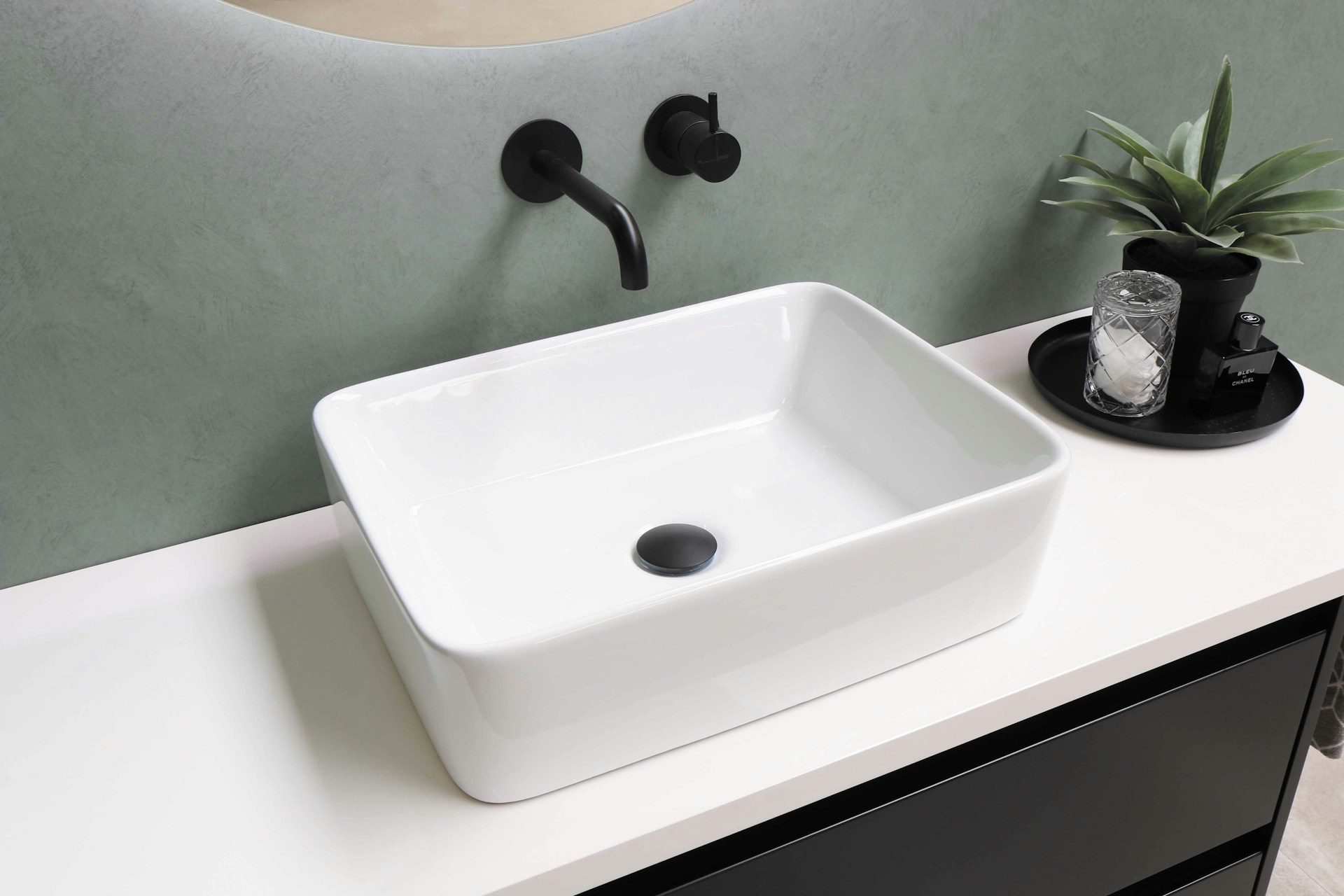Why That Cheap Water Filter Isn’t Helping Much
Do you think your bargain water filter is doing enough? You’re not alone. Plenty of people assume that a basic jug with a cartridge is all it takes to make tap water safer and healthier. After all, it tastes better, right?
That’s the trap. These cheap filters often create the illusion of clean water without actually doing much of the heavy lifting. And while they might help your water look and taste a bit fresher, the reality is, they fall short in areas that really matter.
What’s Actually Going On Inside That Filter
Most of the inexpensive filters you’ll find in supermarkets or online are built around a small activated carbon cartridge. These are primarily designed to reduce chlorine, which can make water smell and taste cleaner, and trap some visible particles, such as rust or dirt.
However, that’s where the effectiveness largely ends.
What they don’t tell you upfront is that these filters aren’t built to tackle the full range of contaminants that could be present in your water. Things like lead, fluoride, bacteria, viruses, pesticides, pharmaceuticals, and microplastics? Most of those pass straight through.
The water might seem fine on the surface. Clear, maybe even refreshing. But without proper filtration from one of the tested and reliable water filter systems Melbourne has to offer, you could still be drinking trace amounts of substances you’d never willingly put in your body.
The Dangerous Comfort of “Good Enough”
Here’s where it gets even trickier: many people start relying on these filters as their main line of defence. They trust that the taste and clarity mean their water is clean, when in reality, they’re just masking the real issues.
There’s also the assumption that “some filtration is better than none,” which, in this case, isn’t always true. An old or overused filter can become a breeding ground for bacteria. If you don’t change it exactly when you should, it can end up doing more harm than good. Not only does it fail to filter properly, but it can also start leaching contaminants back into your glass.
And let’s be honest: how many people are religiously swapping those cartridges every month?
The Illusion of Savings
At first glance, cheap filters feel like a win for the wallet. A simple setup, a low initial cost, easy to replace. But over time, the expense of replacing cartridges — especially if you’re doing it as often as you should — adds up surprisingly fast.
And that’s just the financial side.
The bigger cost is the potential impact on your health. If the filter isn’t removing the substances that truly matter, then you’re not getting the protection you think you are. That’s not saving money. That’s gambling with something far more valuable.
What a Proper Filtration System Actually Does
Real water filtration isn’t a one-layer process. It’s usually made up of several stages, each designed to remove specific types of contaminants. That might include heavy metals, chlorine by-products, bacteria, viruses, nitrates, and more.
These systems are built to handle larger volumes, maintain their effectiveness over time, and offer measurable improvements that go well beyond just “better taste.” You can usually find certifications to back their performance, with clear testing data showing what they’ve been proven to remove.
And unlike the single-cartridge jugs, a full system is designed with durability and consistency in mind. You’re not relying on a filter the size of a matchbox to clean water for your entire household.
So, Why Do So Many People Stick With The Cheap Option?
It comes down to habit, marketing, and convenience. When something is easy to grab from a store shelf and doesn’t cost much, it feels like a smart decision. And when the water comes out clearer and tastes better than straight tap, it reinforces that idea.
But marketing rarely tells the full story. The words “purifies,” “cleans,” and “filters” are thrown around without much regulation. Unless you’re looking closely at what a filter is certified to remove, you’re just guessing — and guessing with your health isn’t a great strategy.
What You Should Look For Instead
Here’s where a proper system makes all the difference:
- Multi-stage filtration – Handles a broad range of contaminants, not just surface-level ones.
- Certified performance – Backed by third-party testing to confirm what it actually removes.
- Long-term value – Fewer replacements, more consistent performance, and real protection over time.
- Health-first focus – Prioritises removing substances that actually pose risks, not just ones that affect taste.
Once you experience the difference and understand the science behind it, it’s hard to go back to trusting that little plastic jug with your water quality.
It’s More Than Just Taste
Sure, taste matters. No one wants to drink water that smells like a swimming pool. But it’s what you can’t see or taste that poses the real issue. That’s why relying on a filter that only improves flavour is a risky move.
Think of all the ways water touches your life — cooking, drinking, washing fresh produce, and making coffee. When you start to consider how much of your day revolves around water use, the case for taking filtration seriously becomes obvious.
Don’t Settle for Less Than Clean
There’s a difference between water that seems clean and water that actually is clean. That gap is where cheap filters fall short.
You might be paying less upfront, but the price you’re really paying is in compromised quality, unpredictable protection, and a level of risk that just doesn’t need to be there.
If you’re going to invest in your health, your family’s wellbeing, and your daily comfort, proper water filtration is one of the most worthwhile places to start.

